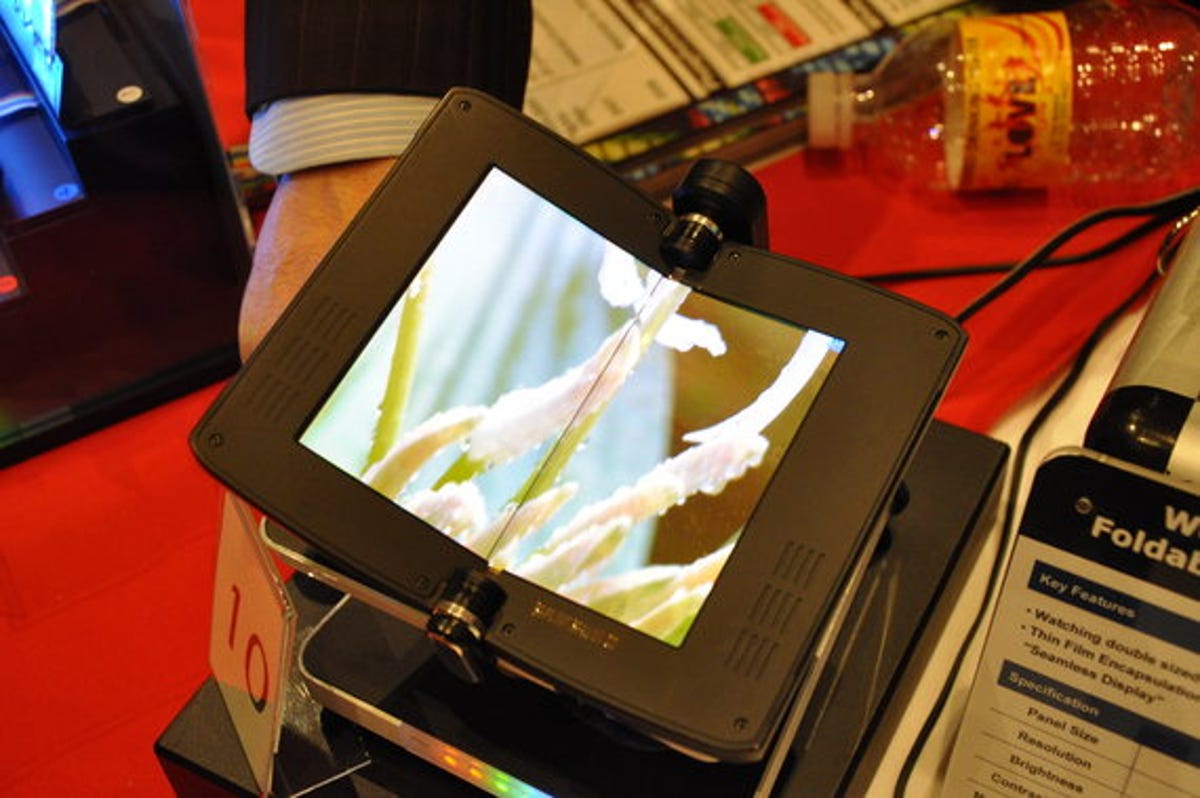Photos: The amazing world of OLED
Hanging out at the CES Digital Experience, we encountered a stand packed with funky experimental OLED displays. If OLED carries on like this, it's going to get plenty of love in years to come

OLED is more popular than moaning about the economy at the moment, with the likes of Sony and Samsung splurging their R&D money on the TV tech. It's certainly come a long way since last we saw it at CES 2008 -- while we were chowing down on a tasty free burger at this year's CES, we stumbled upon a smorgasbord of new OLED deliciousness.
From screens that are incredibly thin or use tiny amounts of electricity, to wearable and bendy screens, the OLED stand at the Digital Experience had us very excited.
There was a 3D display which, although only very small, enabled us to see three glorious dimensions without any stupid eye-wear. It had impressive depth and the image quality was surprisingly good. Perhaps this will be included in the mobile phones of tomorrow.
Because OLED requires no backlighting, making a semi-transparent display was no problem at all. We can see this sort of technology being applied to car windscreens, to give a proper heads-up display. You can see the display in action in a short video we shot.
Although OLED is a niche product at the moment, it's still one that captures our imagination. We can't wait for TVs so light they can be hung on a picture hook, or screens that are partially transparent. Click through our gallery for a glimpse of the future of home entertainment.